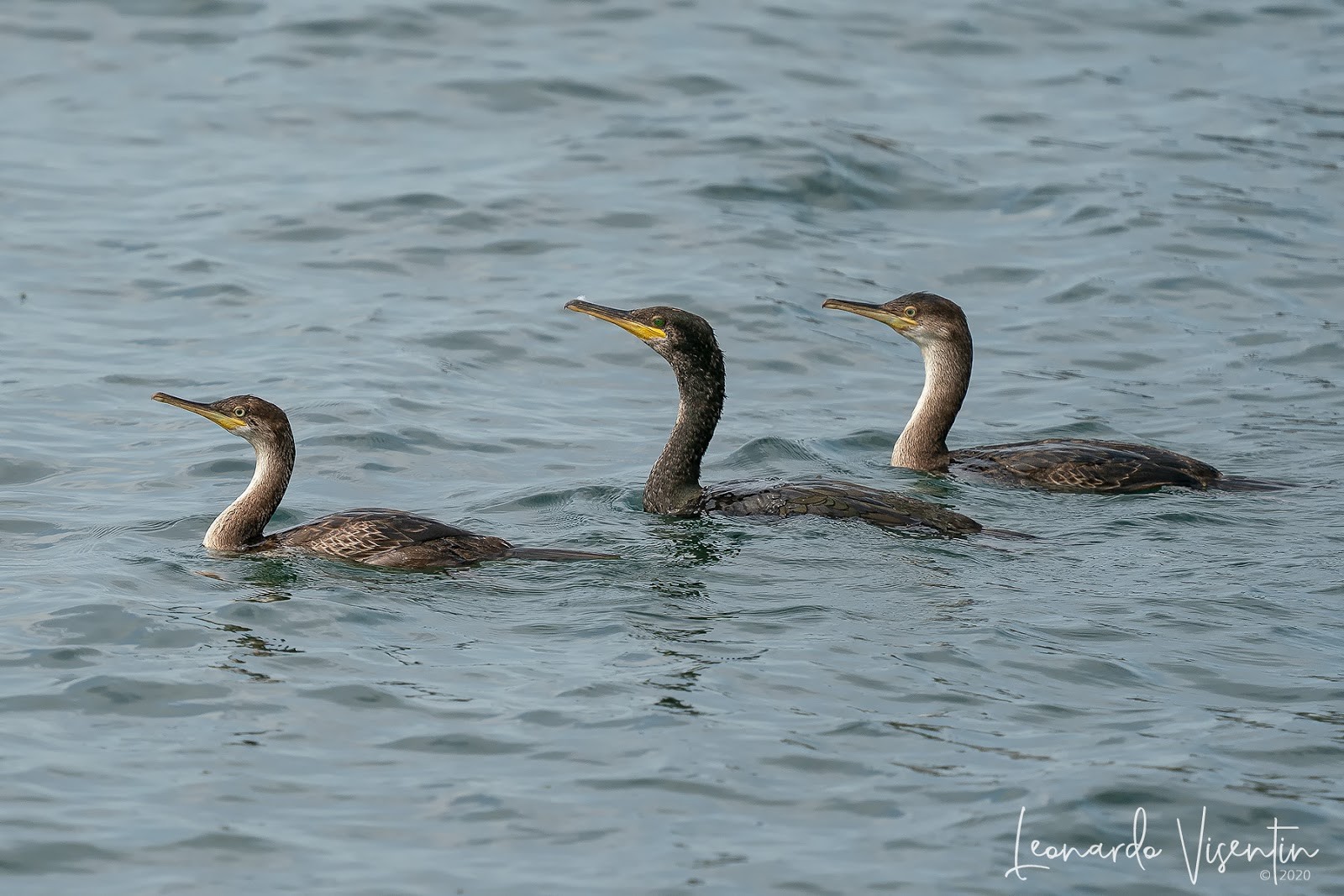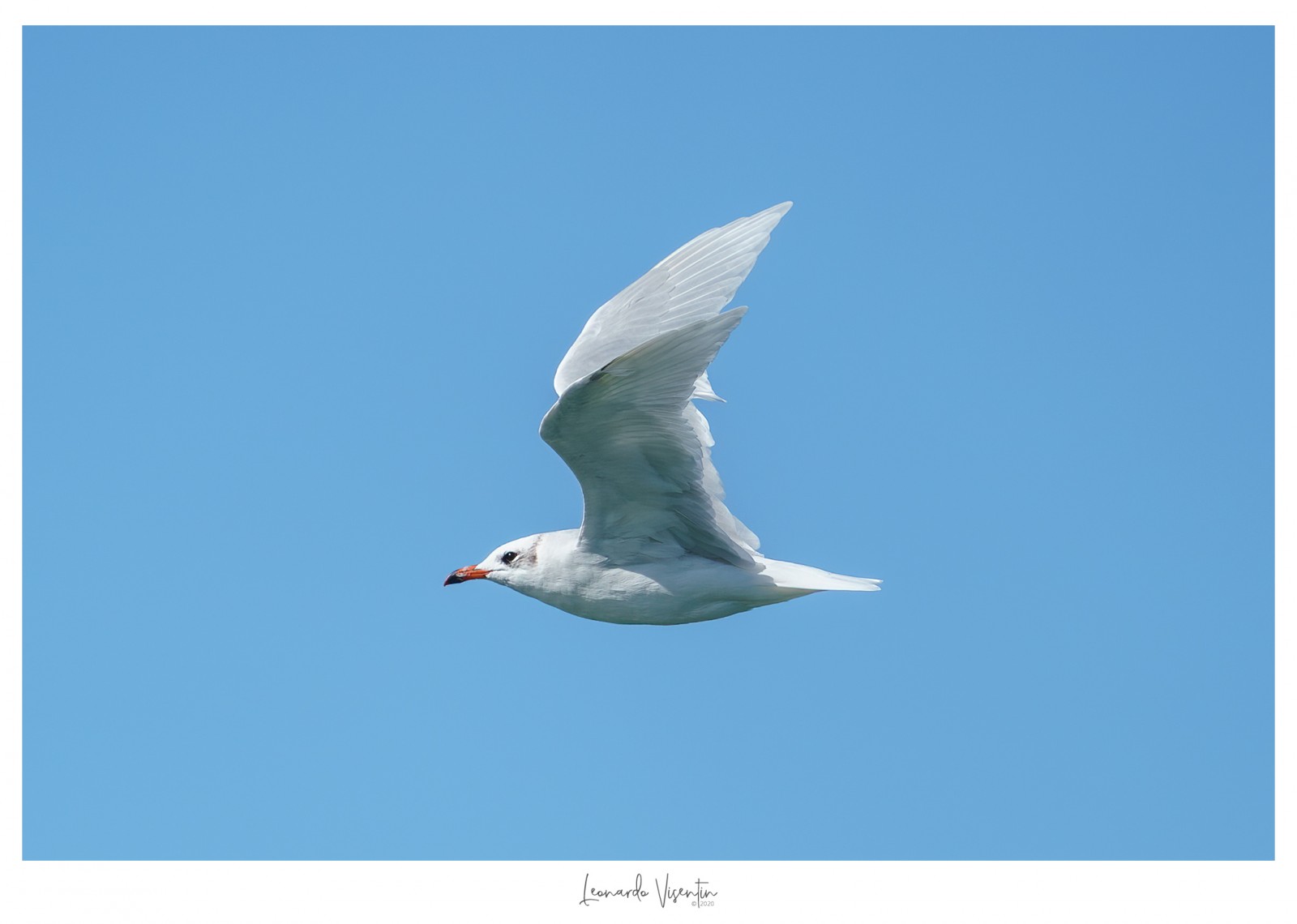Beschreibung
Joined to Pellestrina by the artificial dam of the "murazzi", Cà Roman forms the southern edge of the shores which, from Cavallino to Chioggia, separate the Venice lagoon from the sea. Thanks to its relative isolation, Cà Roman preserves one of the most intact dune environments in the whole of the upper Adriatic and boasts, despite its small size, an extraordinary wealth of fauna: it is located, in fact, on one of the most important migratory routes in Italy. and many species of birds (more than 190 registered as a whole) use it in autumn and spring to rest and feed before resuming their journey. Among the sedentary species are the Eisvogel, Lachmöwe, Mittelmeermöwe and Schwarzkopfmöwe . Among the summer guests stand out the twilight Ziegenmelker, the elusive Zwergohreule and the colorful Bienenfresser.
_________________________
Italiano: Unita a Pellestrina dalla diga artificiale dei "murazzi", Cà Roman costituisce il lembo meridionale dei lidi che, da Cavallino a Chioggia, separano la laguna di Venezia dal mare. Cà Roman conserva, grazie al suo relativo isolamento, uno degli ambienti dunali più integri di tutto l'alto Adriatico e vanta, nonostante le ridotte dimensioni, una straordinaria ricchezza faunistica: è situata, infatti, su una delle più importanti rotte migratorie d'Italia e moltissime specie d'uccelli (almeno 190 censite) la utilizzano in autunno e primavera per riposarsi e nutrirsi prima di riprendere il viaggio.
Per le sue valenze naturalistiche Ca' Roman è un Sito di Importanza Comunitaria (SIC) e Zona di Protezione Speciale (ZPS). Tra le specie sedentarie si osservano il Eisvogel , il Lachmöwe , il Mittelmeermöwe e il Schwarzkopfmöwe . Tra gli ospiti estivi spiccano il crepuscolare Ziegenmelker , l'elusivo Zwergohreule e il coloratissimo Bienenfresser .
Details
Zugang
You reach the island by boat or by foot (coming from Pellestrina along the "Murazzi")
_________________________
Italiano: Si raggiunge l'isola con il traghetto, o a piedi (da Pellestrina, lungo i Murazzi).





